
From the majestic ancient temples to the hustle and bustle of Tokyo's busy streets, Japan is truly a country where traditions are fused with advanced technologies.

Mt. Fuji and Chureito Pagoda add beauty to each other at sunset, spring, Japan. /VCG Photo
Despite the fact of an island country with dense population, Japan is bestowed with natural beauty. Less than 10 percent of its total land is used for residential and industrial use, while approximately two-thirds covered by forested mountains. Thanks to its geological formation, Japan is home to many endemic species such as the Japanese dormouse and Iriomote cat.
Besides the picturesque mountains and volcanoes including the iconic Fuji Mountain, Japan also has one of the world's longest coastlines and numerous scenic waterfalls, caves and gorges. As of 2019, four of its natural sites have been inscribed on the UNESCO World Heritage List, including Yakushima, known for its flora like ancient Japanese cedar trees, Shirakami Sanchi, with the last remaining virgin forest of Siebold's beech trees, the Shiretoko Peninsula, and Ogasawara Islands.
Here we introduce three iconic plants of Japan.
Cherry blossoms
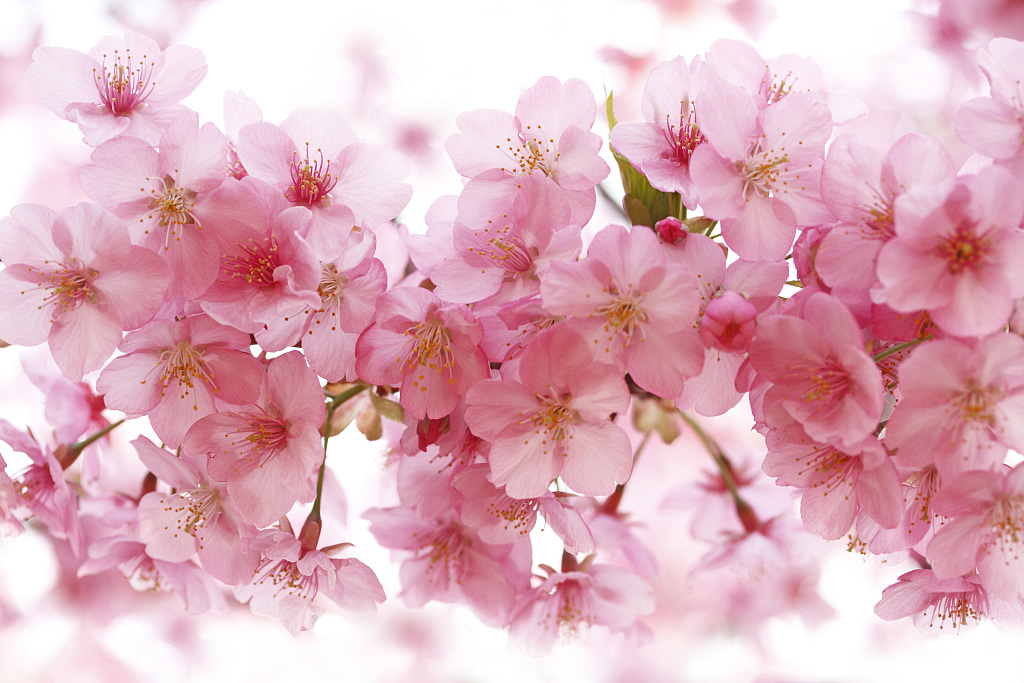
Cherry blossoms. /VCG Photo
The cherry blossom, or sakura, is probably the most iconic plant in Japan. In spring, people enjoy the cherry blossoms with families and friends. The short-lived flower represents the fragility and the beauty of life. Therefore, it has a special and significant meaning in Japanese culture.
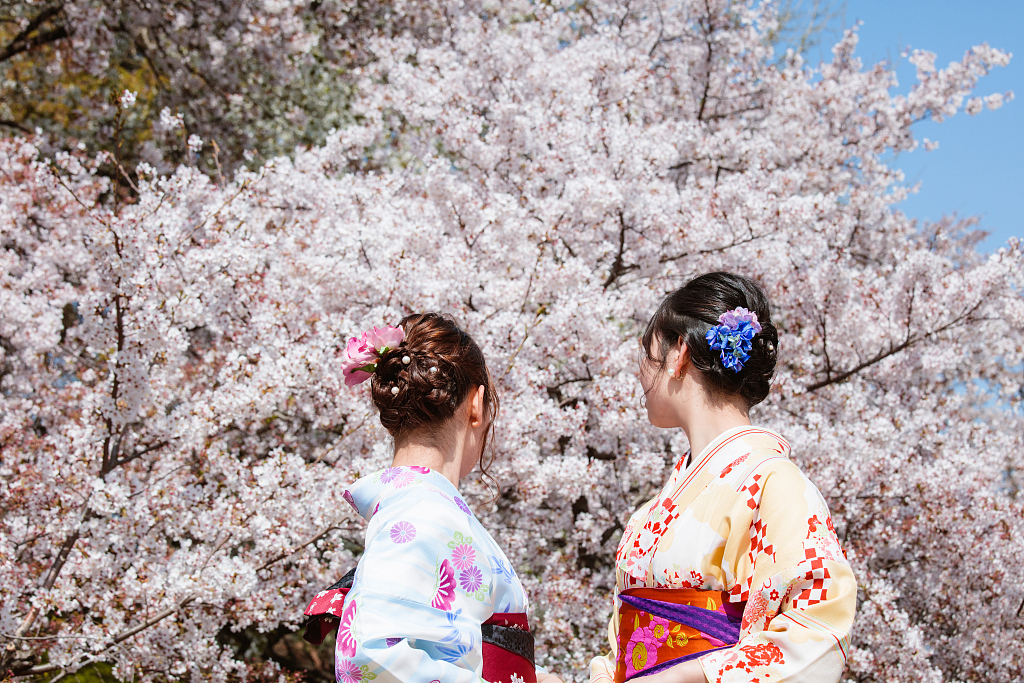
Cherry blossoms and girls in kimono. /VCG Photo
Lots of sakura-themed food and drinks are prepared during the blooming season and there is a special sakura weather report for people to follow.
Chrysanthemum
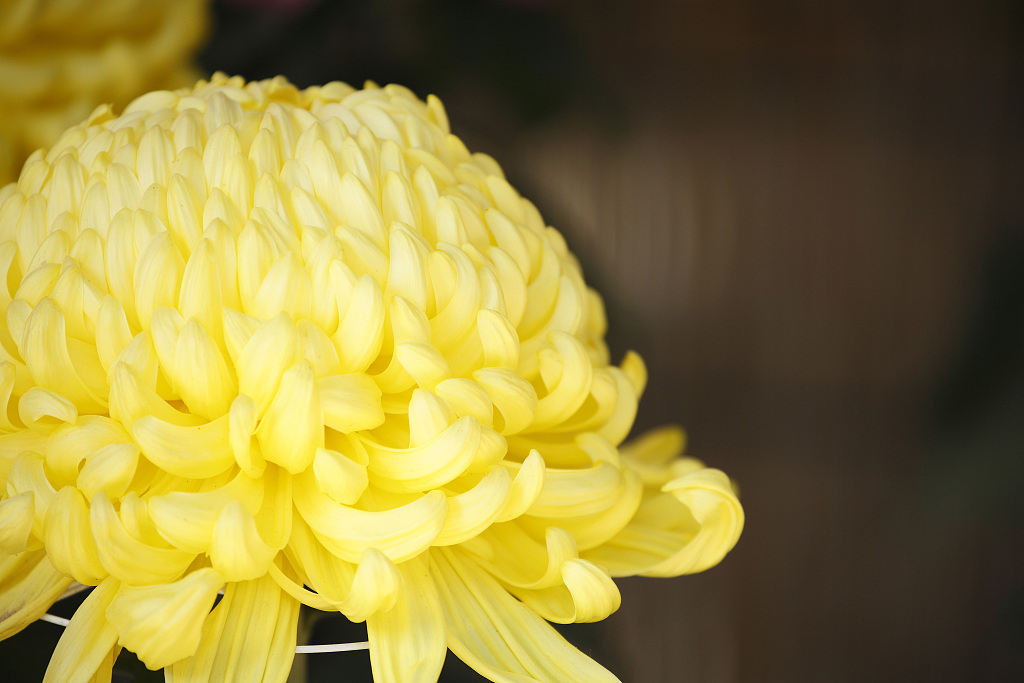
Chrysanthemum. /VCG Photo
Maybe you have read about "The Chrysanthemum and the Sword: Patterns of Japanese Culture," an influential 1946 study of Japan by American anthropologist Ruth Benedict. Just like sakura, the chrysanthemum is another symbolic flower in Japanese culture. Because the flower starts blooming in September, it is also known as the flower of autumn.
In Japan, you can see patterns of the chrysanthemum in many cases. The Japanese monarchy is referred to as the Chrysanthemum Throne. You can also find the chrysanthemum pattern on the Japanese passport, clothes and other accessories.
Hydrangea
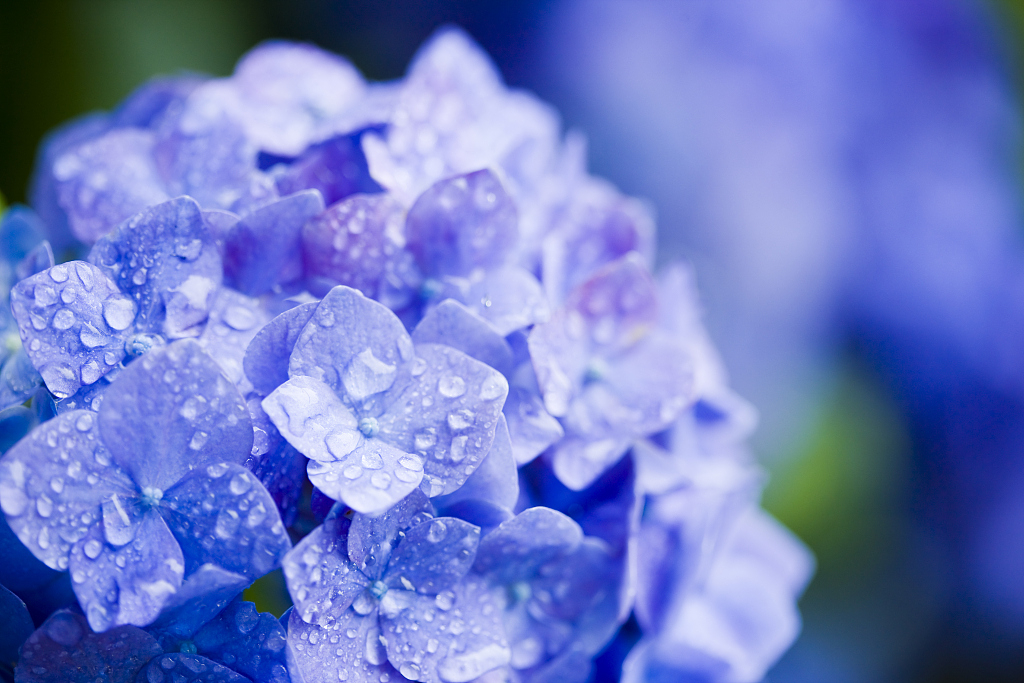
Hydrangea. /VCG Photo
In the same way that the chrysanthemum represents autumn, the hydrangea (ajisai in Japanese) heralds in the rainy season.
The Hydrangeas usually bloom from early June to mid July. They grow in the grounds of temple and shrines, gardens and riverbanks. Depending on the acidity level of the soil and rains, the flowers come in different colors including white, pink, blue and purple. What is more interesting is that a single plant can produce flowers of different colors.
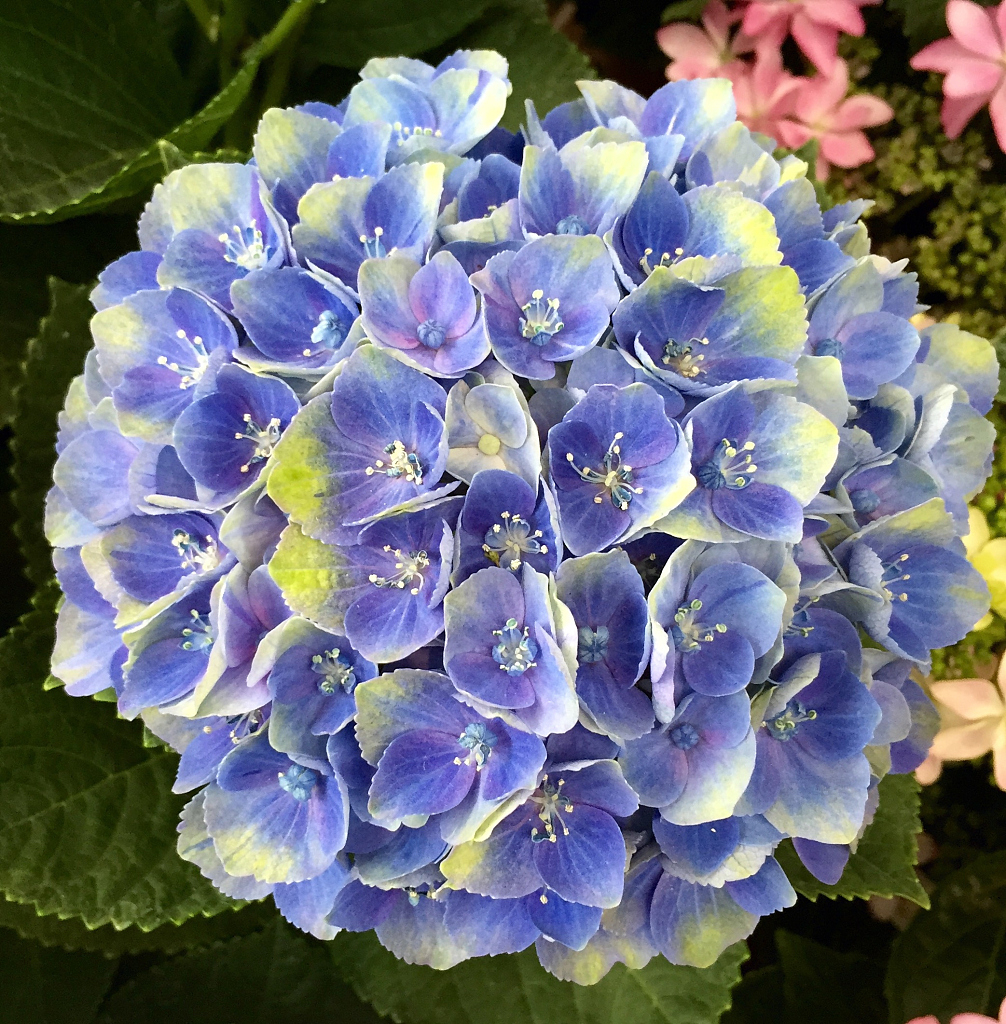
The Hydrangea heralds in the rainy season in Japan. /VCG photo
There are many hydrangeas festivals in Japan, such as Hakkeijima and Mito. Moreover, you can go to Hakusan Jinja Shrine in Tokyo, Mimurotoji Temple in Kyoto and other places to admire the flower.
About 'Plants & Nations'
Plants & Nations is a series of articles and pictures about common plants in the world. It serves as a guide to beautiful plants from different countries.
For more information, please check the following:
(Top image via VCG)
(If you want to contribute and have specific expertise, please contact us at nature@cgtn.com.)

Copyright © 2018 CGTN. Beijing ICP prepared NO.16065310-3
Copyright © 2018 CGTN. Beijing ICP prepared NO.16065310-3